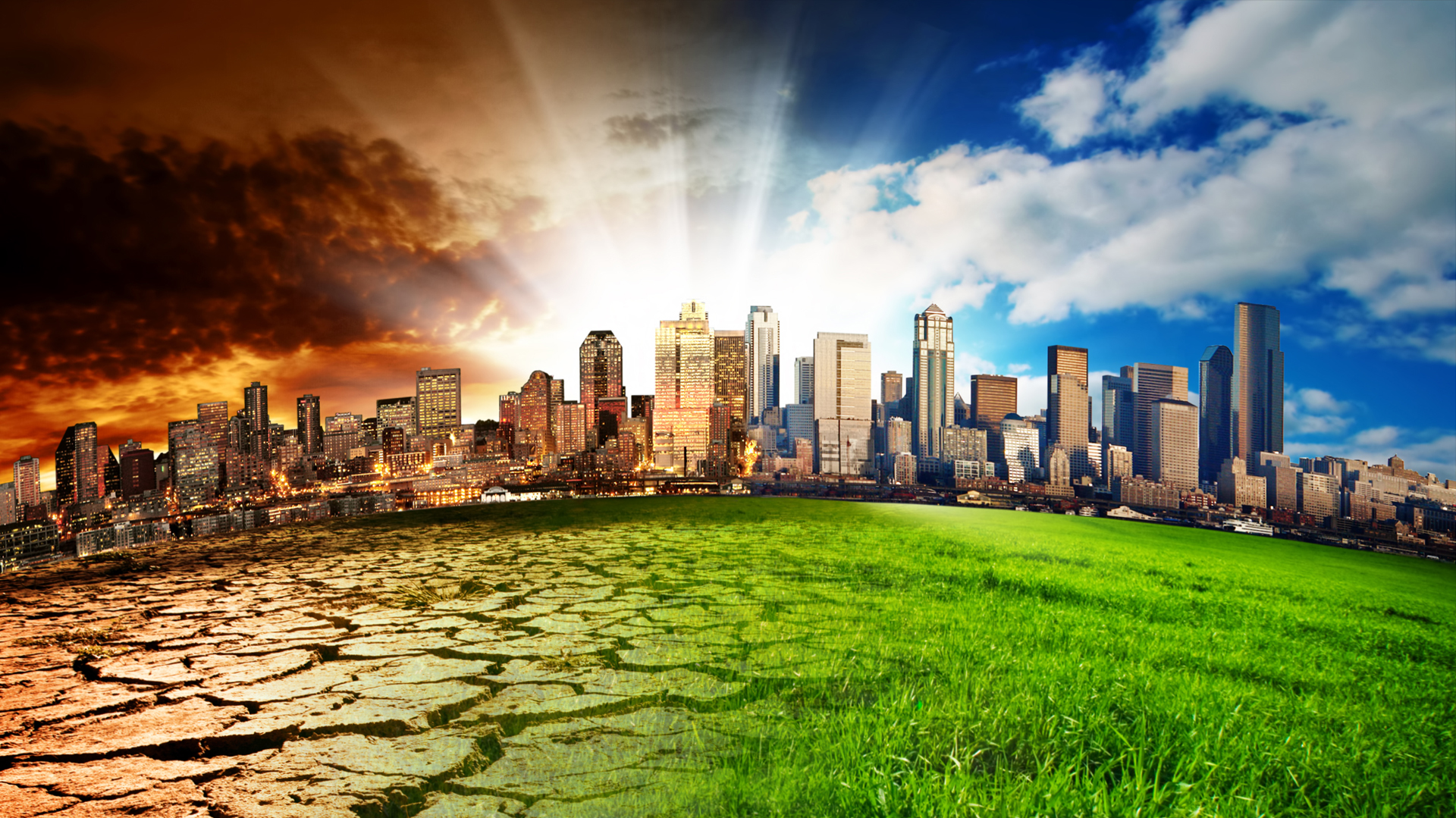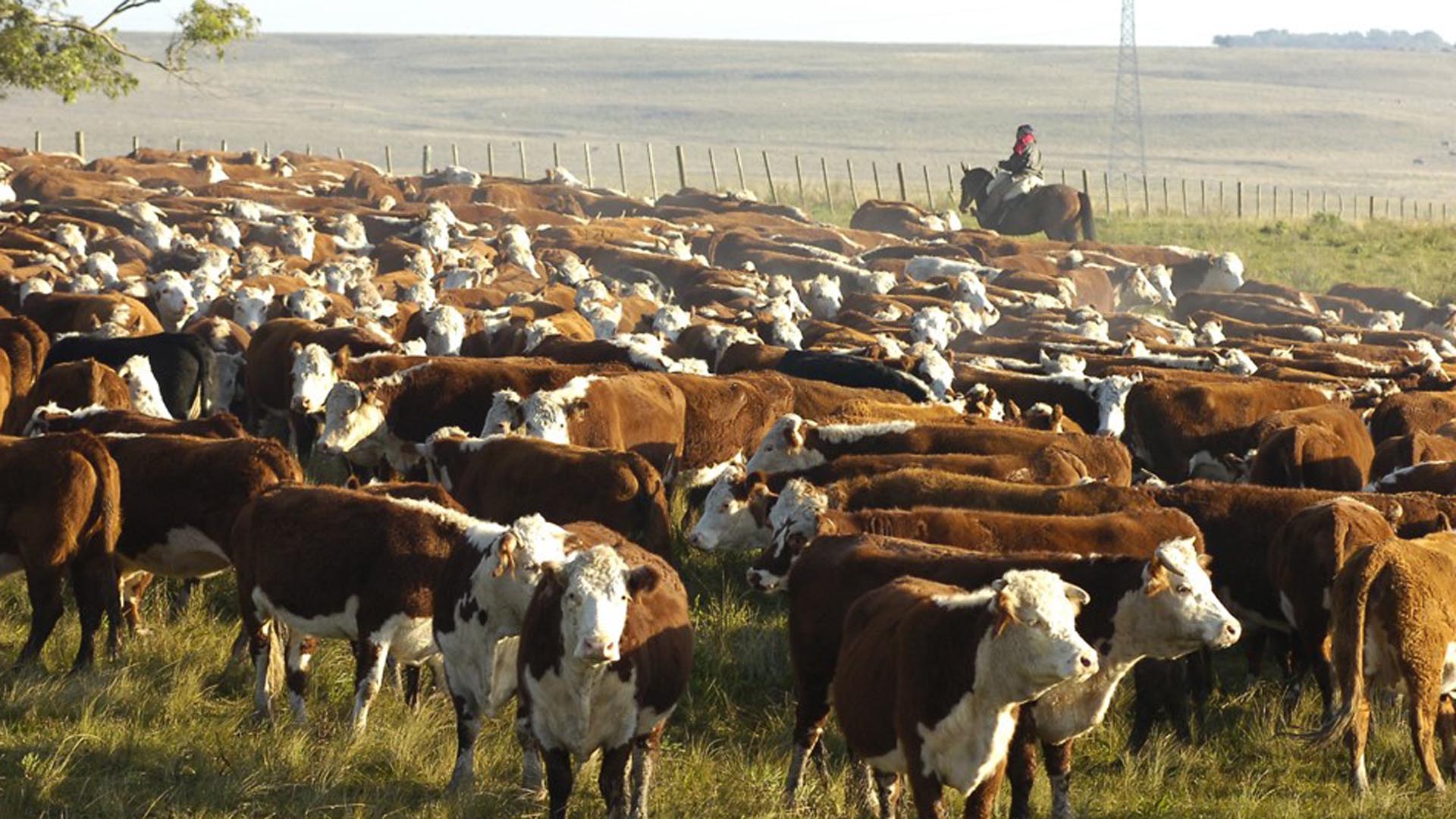
POLITICA INVESTIGACIÓN Y TECNOLOGÍA
UNIVERSIDAD DE CURTIN
An ultimatum-flavored phrase marked the latest report issued by the Intergovernmental Panel on Climate Change (IPCC): “It’s now or never.” The acceleration of climate change, thanks to greenhouse gas emissions, surprises scientists. If we follow the parameters set out in the Paris Agreement, the climate catastrophe is almost assured. That is why the experts analyzed this situation in 6 keys: from renewable energy to sustainable food and green cities.
The goal is getting closer. Today, there is already an increase of more than 1.1°C in the temperature of the planet. The objective set out at that meeting had the non-binding signing of some 200 countries set a limit between 1.5°C and 2°C. However, time is running out and experts warn that it is necessary to implement mitigation measures and turn to zero emissions. Otherwise, by 2100 the increase will be close to 3.2°C, with devastating effects on the planet and humanity.
In 6 keys, the more than 265 experts from 65 countries indicated what actions countries should take to prevent the climate catastrophe from becoming a reality. That’s why they said, “It’s now or never.” Science has enough scientific evidence to make it clear that, if emissions do not touch its ceiling and do not begin to fall in 2025, that is, in 3 years, the climate catastrophe is almost guaranteed.

(iStock)
According to the expert panel’s estimates, if the 3.2°C set out in the report are reached as the road to which the planet is heading by the end of this century, the consequences would be devastating: mega-fires, heat waves, droughts, floods, hurricanes and other extreme weather events. The consequences will be suffered both by humanity, with millions of displaced people and multiple damages, as well as ecosystems (with extinction of both animal and plant species, among other aspects).
“We are at a crossroads. The decisions we make now can ensure a livable future. We have the tools and knowledge to limit warming,” warned Hoesung Lee, chair of the Intergovernmental Panel on Climate Change (IPCC). Focusing on 5 points and a sixth with some positive aspects that should be deepened, the IPCC made recommendations to prevent climate change from becoming irreversible and causing devastating consequences not only in the coming years, but also in the coming centuries.
1- Abandoning fossil fuels and moving towards renewable energy
The experts were decisive: we must stop using these fuels and make a change not only in the world’s energy matrix, but also in the propulsion of people’s transport. If the temperature increase by 2050 is to be only 1.5°C, the global use of coal, compared to 2019, should have fallen by 100%, oil by 60% and gas by 70%.

(Archivo DEF)
However, many nations did and still do help the oil and coal industries. Even more so since the Russian invasion of Ukraine began and the economic consequences began to spread throughout the world. However, experts warn that, if only these subsidies were eliminated, emissions could be reduced by as much as 10% by 2030.
The solution, according to IPCC experts, is the transition to renewable energy. “Although operational, technological, economic, regulatory and social challenges persist, a variety of systemic solutions have emerged to accommodate large shares of renewable energy in the energy system,” the document states. And in that same tone, António Guterres, UN Secretary General, positioned himself: “It’s time to stop burning our planet and start investing in the abundant renewable energy that surrounds us.”
2 – Decline in methane generation
Carbon dioxide is established as the main greenhouse gas. However, experts warn that methane has a greater power to raise the temperature of the planet. It even claims that they have a greater power of up to 21 times over a period of 100 years, although some research indicates that it remains for less time in the atmosphere.

Anyway, with these data on the table, scientists say that emissions of this gas should fall by a third in the next 10 years. Methane is not only generated by fossil fuels, but it is also released by grenadier activity (cattle and sheep), to which landfills and natural sources are added.
To reach the 2°C increase in the planet’s temperature, emissions of this gas must fall by 43% in 2030 and 84% in 2050. According to scientist Diana Urge-Vorsatz, a member of the IPCC panel, “reducing emissions to address the climate crisis should be at the level observed during the pandemic, but year after year, something that would improve our quality of life without the need for a global health crisis.”
3- The problem of CO2
Beyond estimates of the release of carbon dioxide into the atmosphere, experts do not estimate a drastic drop in carbon dioxide emissions. That is why they are targeting technologies that allow CO2 extraction, which will be measured in hundreds of billions of tons. In this regard, scientists pointed out in the report that “the elimination of carbon dioxide (DRC) is necessary to achieve a zero level of CO2 and greenhouse gas emissions, both globally and nationally.”

At this point, experts warned that these mechanisms can offset the residual emissions of this gas, especially in those activities or sectors whose cleaning is difficult. Some of the measures that countries can implement to achieve this goal are: expanding forests, improving agricultural practices and applying technologies that capture this gas, either from industries or from the atmosphere.
Anyway, scientists pointed out that the application of these tools will not fully compensate for the emission of this gas by humanity, that is why they stressed the importance of aiming for a decrease in its generation.
4- Livestock and more sustainable diets
The emission of methane and carbon dioxide also occurs on farms. Livestock activity and deforestation that entails the search for more space for planting are actions that contribute to global warming, since not only are sources of capture eliminated but also added as emitters of this gas.
At this point, the report indicated that “rapid and profound changes in demand make it easier for all sectors to reduce greenhouse gas emissions in the short and medium term.” At the same time, it points to the application of “healthy and sustainable diets”, which are located in plant-based foods with low impact on the environment and which, in addition, generate health benefits.

As they pointed out in the document, the richest nations should contribute the most, since they spend the least (2-5 times less) on making a change that contributes to the mitigation of global warming. At this point, experts say that the debt that these nations owe to mitigation is between 4 and 8 times less than the 1.6 trillion to 3.2 trillion dollars a year that developing countries, which are most responsible for the emission of gases, should invest.
5- A greener world
Cities are not only home to people, but also industries, factories and transport. That’s why experts are aiming for them to become greener and more sustainable spaces. In that regard, Jim Skea, co-chair of the IPCC working group, said: “Without immediate and profound reductions in emissions in all sectors, it will be impossible,” as benefits are not only obtained from carbon dioxide reduction, but also in city temperature and air quality. In this last point, the World Health Organization (WHO) assured that 99% of the world’s population breathes poor quality air and that there are more than 13 million deaths per year from preventable environmental causes.
One of the aspects that scientists put on the table is the need for vehicles to abandon fossil fuels and convert to low-emission electric, as they “offer the greatest decarbonization potential for land transport.” “Greater action must begin this year, not next year, this month, not next month, and indeed, today, not tomorrow,” said Inger Andersen, Executive Director of the United Nations Environment Programme.

Another aspect that experts emphasized responsible energy consumption in both transport, with more compact and walkable cities, and sustainable homes. “Action this decade is critical to harnessing the mitigation potential of buildings, with zero or no carbon energy,” said Jim Skea, co-chair of IPCC Working Group III.
Finally, they pointed to the use of more efficient construction materials, with reuse and recycling, which, in addition, allow a reduction in waste. At this point they referred to those materials whose manufacture does not generate greenhouse gases, although they clarified that these are still in the analysis stages and awaiting approvals for marketing.
6- The positive points of the report
Although it was not expressly marked by scientists, the truth is that this report left some positive aspects. They stressed that while emissions are still increasing, they warned some efforts to mitigate the impact of global warming, such as lower product costs and generating renewable energies.

(iStock)
Between 2010 and 2019, prices in solar power generation fell by 85%, in wind power they fell by 55% and for lithium batteries by 85%. While during 2015 and 2019, the capacity to generate wind energy in the world grew by 70%, solar photovoltaics grew by 170%. With which so-called clean energy generated 37% of the world’s electricity in 2019.
They also noted that temperature rise will stabilize when greenhouse gas emissions are “net zero”. That is to say that the gases emitted can be absorbed by the planet. They even stressed that the costs of mitigating climate change should not affect the world bank, as the economic benefits of curbing warming, including health and damage from climate change, outweigh the costs.
KEEP READING: